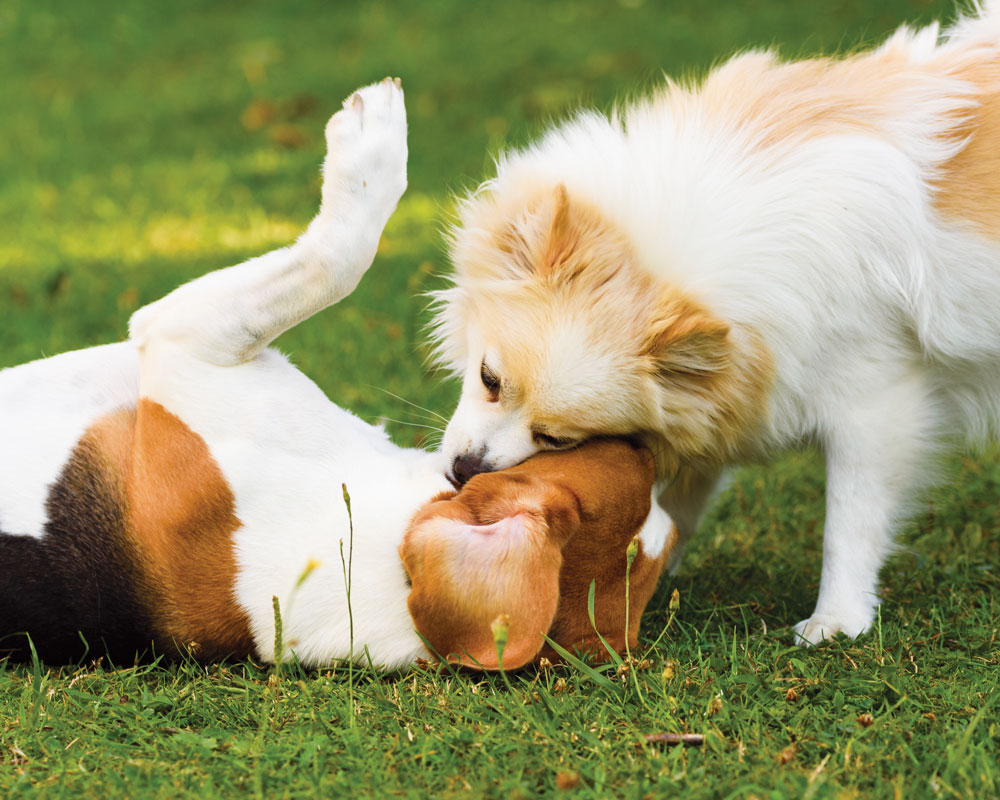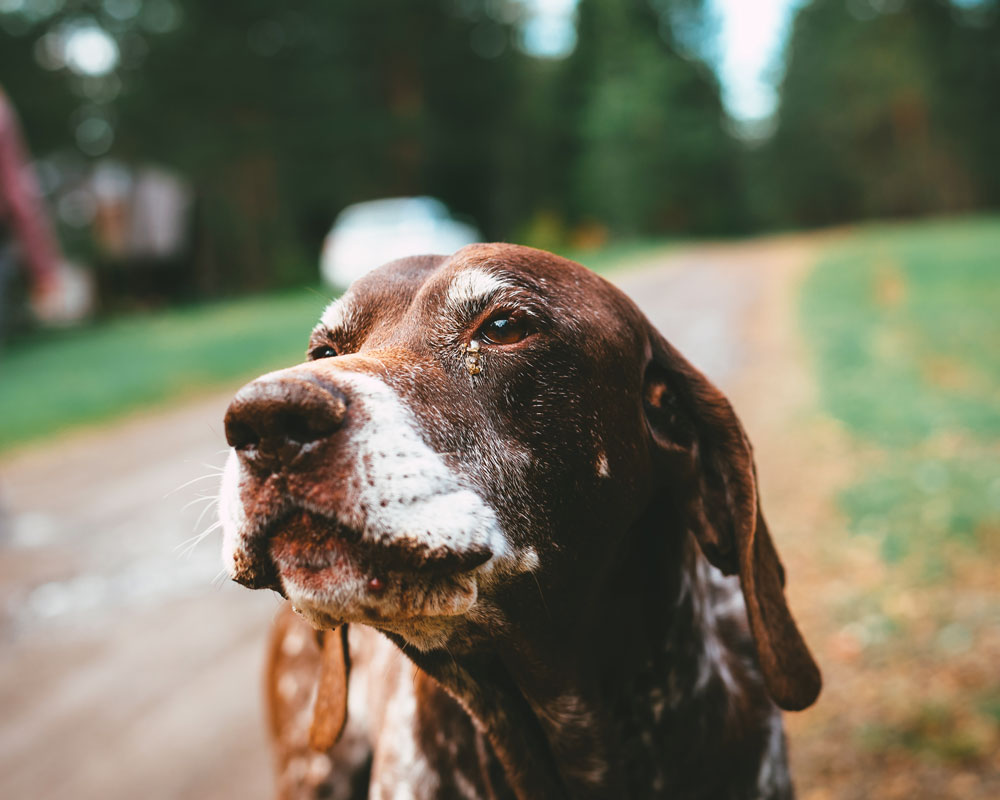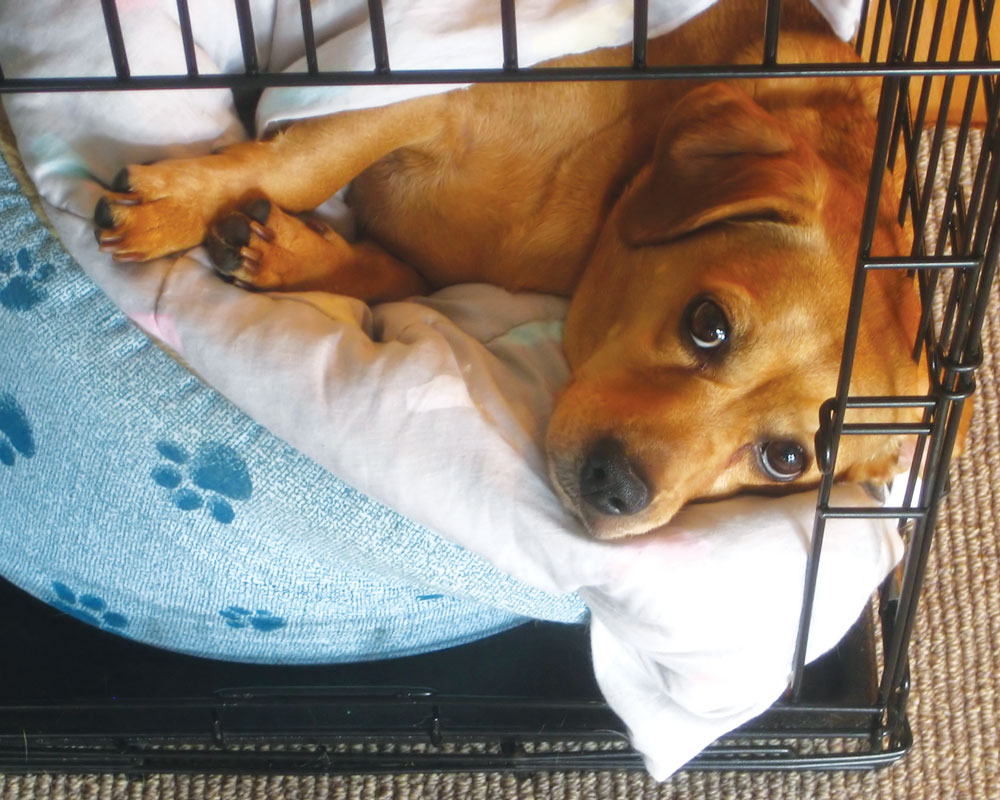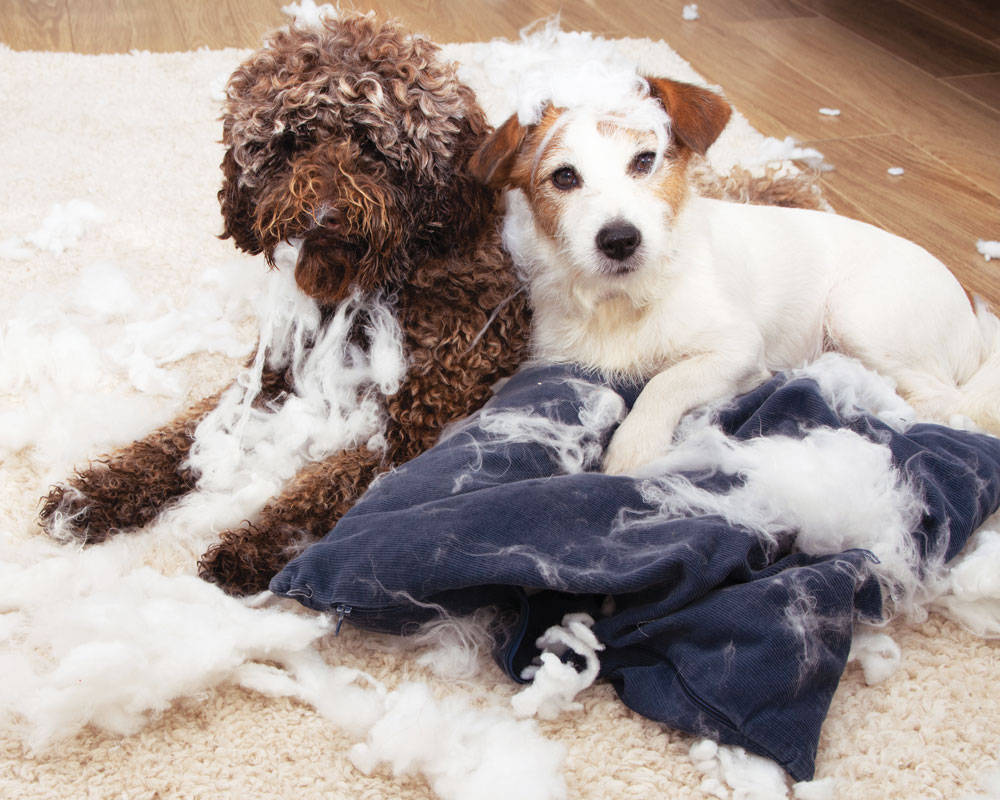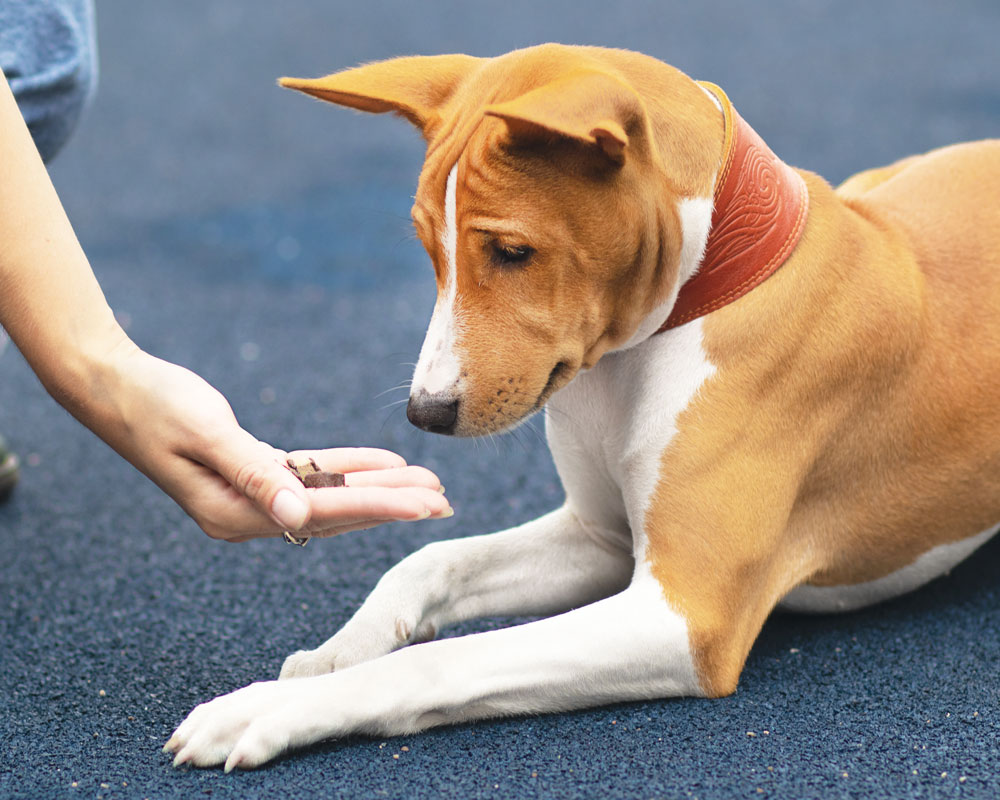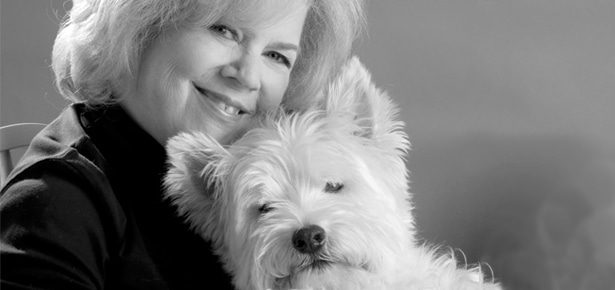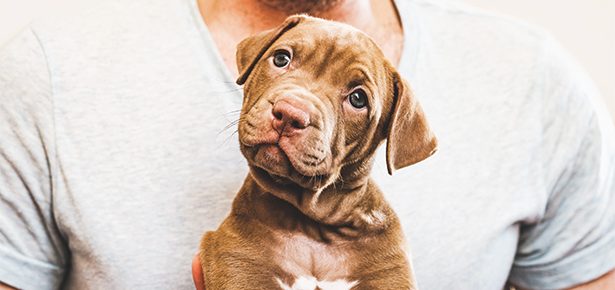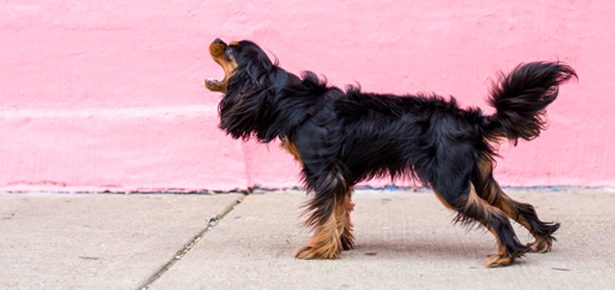

How To Help Your Adopted Dog Settle In
What To Do When You Bring Your New Rescue Dog Home: 5 tips for bringing your new dog home
If you’re adopting a rescue dog, you’ve already proven you’ve got a big heart. Don’t forget to engage your head when it comes to bringing Rescue Rover home. Without proper planning, you’re the one who might need rescuing!
It doesn’t matter your new dog’s background, whether he came from the streets, a neglectful home, or a loving home that could no longer keep him. He’s a stranger in YOUR home. You’ve completely changed his world. This means there’s going to be an adjustment period, typically several months. Understanding that he’s the new pup on the block will go a long way in helping him settle in long term. Here are five tips to help your new family member fit right in.
Photo by MadPhotosPI/bigstock.com
1. Take it easy on introductions
Admit it. You’ve already posted his picture on social media and you’ve got a crowd of people dying to meet the new guy in your life. As much as you want everyone to meet him, it’s best to slow down.
When you bring a rescue dog home, you’re changing almost everything about his routine. Depending on his background, your loving home may be like a different planet! This is going to take some time for him to acclimate. Throwing a bunch of people at him right off the bat isn’t going to help him, even if he’s a friendly, outgoing dog. When you do let your friends meet him, only do a few at a time.
If you have children, make sure your dog is on leash when they meet. Don’t let your kids overwhelm him. Instead, have them sit quietly and let Rover approach them at his own pace. Take careful note of his body language. Is he squinting his eyes, with a curvy body? This is a good sign. Is he stiff and straight, or does he avoid approaching the kids? This means he’s not ready yet.
Remember that a wagging tail does not indicate a friendly dog. It indicates high excitement. The dog could be just as excited to kiss you or bite you, so don’t depend on just the tail as a cue. In general, a low, swishy tail is a good sign. Some breeds, though, naturally carry their tails curled or up high, so this isn’t your only indication. Look for stress signs, such as lip licking, yawning, whining, and avoidance. Another stress sign is an adrenaline shake off, when the dog shakes all over as if he’s wet, but he’s not.
Do you have other pets? With dogs, let them meet on neutral territory. If the dogs are meeting on leash, be careful of leash tension. If the leash is too tight, this can create tension and trigger aggression. Allow the dogs to interact for a few seconds, then call each of them away, giving them treats for coming with you. Use lots of praise for appropriate interactions. Keep watching for signs of stress or aggression.
If you have cats, always ensure your cats have a safe escape route from any room containing your new dog. For example, block doorways with baby gates your cat can leap over but the dog can’t. You may want to tether your new dog to a sturdy piece of furniture (always under supervision) to prevent him from chasing them. Cats are quick to understand exactly how long a six-foot leash is, so they can enter the room and still stay out of reach.
Photo by Mihailo K/bigstock.com
2. Spoil him… but not rotten
Set rules. Set boundaries and stick to them. Set expectations for his behaviour. It’s not fair if you let him get away with murder for the first week and then impose rules on him later. You don’t have to feel sorry for him—he hit the jackpot with you!
Photo by albln/bigstock.com
3. Confine him when you can’t supervise him
If you bring home a rescue puppy, it’s typical to crate train him until he is housetrained and chew-proof. Adult dogs also need confinement, because you have no idea how they will act in your home. Even if your rescue dog spent time in a foster home, how he acted there may not be indicative of how he will act in his new home.
When a dog is plopped into a new environment, he is often suppressed. He’s still figuring out where his next meal is coming from and who is regularly in his life, so he lies low for a while until he gets comfortable. At about three to four weeks, his true personality starts peeking through. The dog who never chewed a thing his first month just ripped your curtains to shreds. The dog who was quiet as a mouse suddenly started barking at dogs he sees through the window.
Until you can be sure your dog will be safe and well-behaved in your home, confine him when you can’t supervise him.
Photo by smrm1977/bigstock.com
4. When unattended, separate pets.
During the “honeymoon period,” it may seem like all your pets get along. As your rescue pup gets comfortable, he may start to assert himself, which may not go over well with existing pets. Do not leave pets together when you are not there to supervise them. If there is an incident, you won’t be there to intervene. This can have tragic consequences.
With time, it may be fine to leave pets alone together. Don’t leave this to luck—take the time to make sure everyone will be safe.
Photo by Dorieugene/bigstock.com
5. Start training now!
Don’t wait until your rescue dog develops bad habits. Training him with reward-based methods will build a faster bond between you. You’ll be setting your expectations for behaviour with him early, giving him needed structure in his new home. It doesn’t matter how old your dog is, as it’s never too late to learn.
It won’t be long before it’s hard to remember what your life was like before you met your rescue dog. When you’re just starting out together, remember you have a lifetime ahead. Take things slow at the beginning and it will be a much smoother transition to your happily ever after.
Join the newsletter and never miss out on dog content again!
"*" indicates required fields
By clicking the arrow, you agree to our web Terms of Use and Privacy & Cookie Policy. Easy unsubscribe links are provided in every email.
